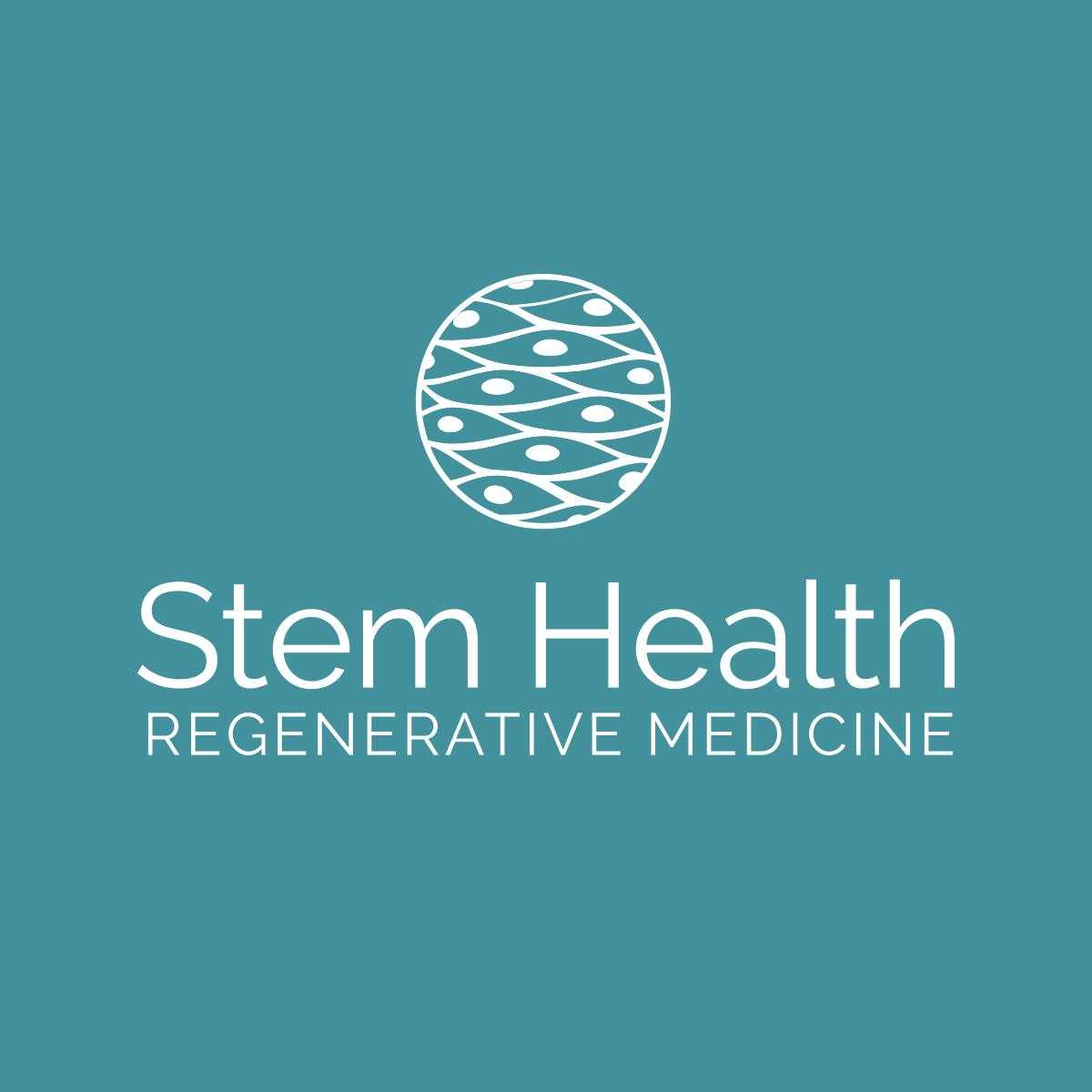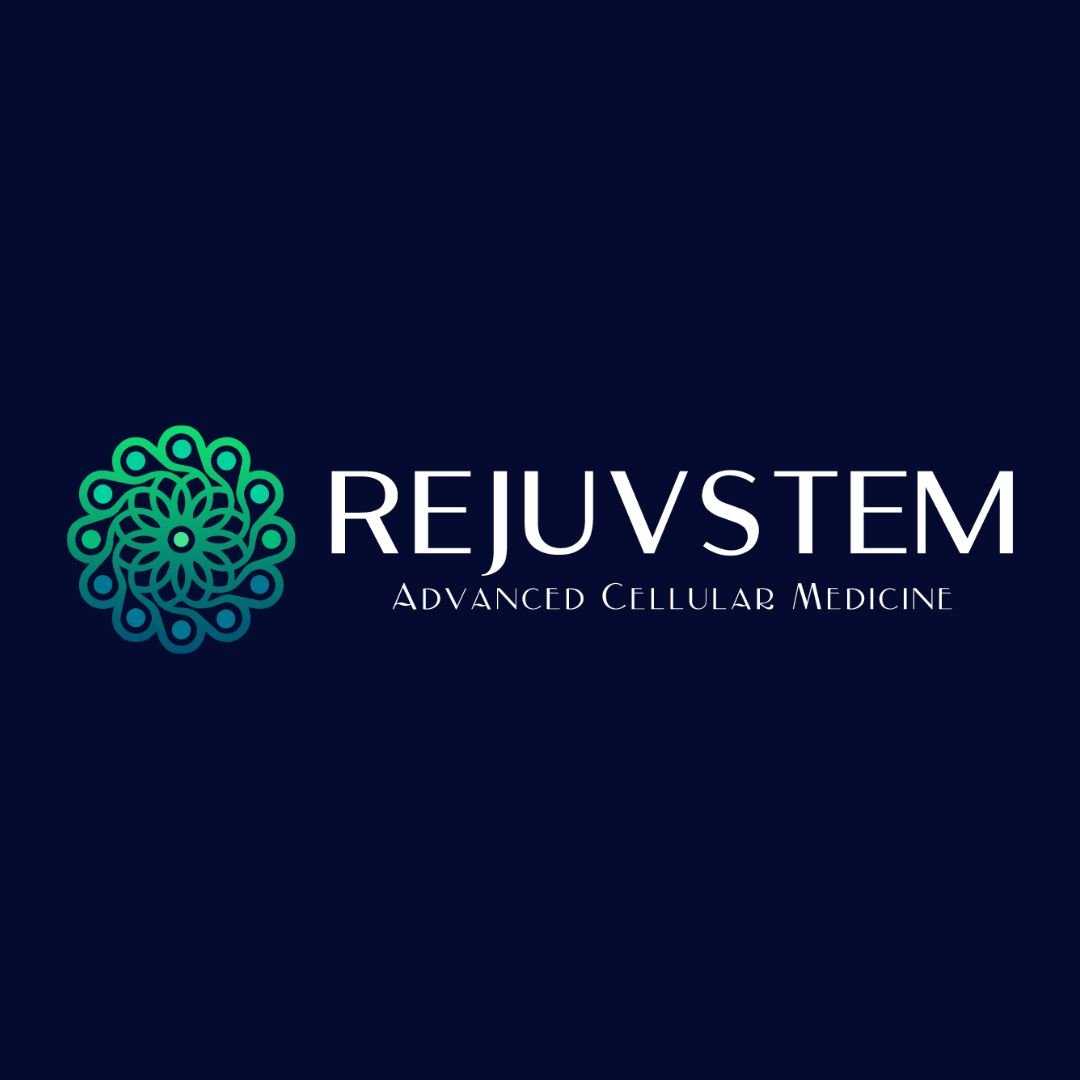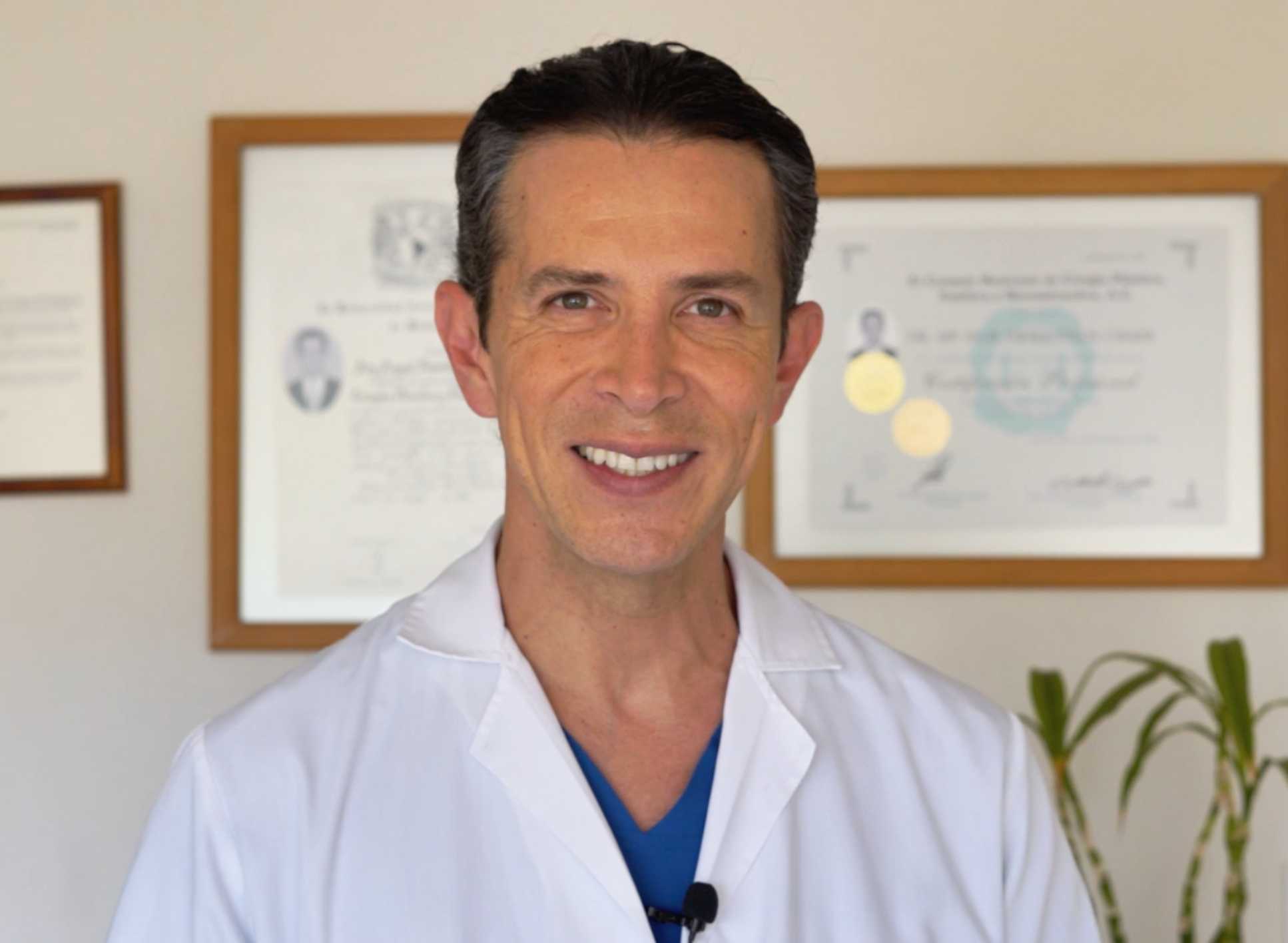Restore Your Vision with Stem Cell Treatment for Diabetic Retinopathy in Mexico – Starting at Just $7,500!
.png)
Table of Contents
Key Insights at a Glance
- Stem Cell Therapy offers a potential solution for those suffering from Diabetic Retinopathy.
- The procedure can significantly improve vision and quality of life.
- Tijuana offers this therapy at a lower cost compared to the USA and Canada.
- Patients can expect a comprehensive package that includes various support services.
- Highly skilled professionals provide care in modern facilities.
Are you struggling with vision loss from diabetic retinopathy? You're not alone. Many people face this challenge, and it can be quite distressing. The good news is that stem cell therapy is emerging as a promising treatment option. This therapy aims to restore vision and improve overall eye health. If you're interested in this innovative approach, Tijuana, Mexico, offers an excellent combination of affordability, quality care, and experienced professionals.
Overview of Stem Cell Therapy for Diabetic Retinopathy Package in Tijuana, Mexico
Stem cell therapy for diabetic retinopathy is a groundbreaking procedure that can potentially reverse the damage caused by this condition. Patients often experience vision loss due to diabetes, making it crucial to seek effective treatments. In Tijuana, this therapy is not only affordable but also performed in state-of-the-art facilities by skilled professionals. Many patients have reported significant improvements in their vision and overall quality of life after undergoing this treatment.
Cost of Stem Cell Therapy for Diabetic Retinopathy in Tijuana, Mexico
The cost of Stem Cell Therapy for Diabetic Retinopathy in Tijuana, Mexico at Progencell - Stem Cell Therapies is $7,500. This cost is significantly cheaper compared to Western or European countries, where the price is much higher. By choosing this package, patients can save up to 70% on the total cost.
In Tijuana, you receive high-quality care without breaking the bank. Many patients find that the affordability of this therapy allows them to access treatments they might otherwise consider out of reach. For exact pricing and personalized quotes, feel free to reach out to our team.
| Location (CITY, COUNTRY) | Price (USD) |
|---|---|
| USA | $25,000 |
| Canada | $22,000 |
| UK | $20,000 |
| Tijuana, Mexico | $7,500 |
Note: Prices may vary based on patient condition. Contact our team for an exact quote today!
Who is it suitable for?
- Individuals with diagnosed diabetic retinopathy.
- Patients experiencing vision loss due to diabetes.
- Those who have not found success with traditional treatments.
- Individuals are looking for innovative therapies to improve eye health.
- Patients who are in overall good health can undergo the procedure safely.
Procedure Details for Stem Cell Therapy for Diabetic Retinopathy Package at Progencell - Stem Cell Therapies
- Pre-Procedure Consultation: A thorough examination and discussion of your medical history.
- Stem Cell Harvesting: Stem cells are collected from your own body, usually from fat or bone marrow.
- Processing: The harvested stem cells are processed to isolate the most effective cells.
- Injection: The processed stem cells are injected into the eye or surrounding tissue.
- Post-Procedure Care: Follow-up assessments to monitor recovery and improvement.
Why Tijuana, Mexico is the Best Destination for You
Tijuana, Mexico, is quickly becoming a top choice for medical tourism, especially for procedures like stem cell therapy. Here’s why:
- Location Appeal: Located just across the U.S. border, Tijuana is easily accessible for patients traveling from the United States.
- Unique Advantages: The city offers advanced medical facilities that provide high-quality care at a fraction of the cost found in Western countries.
- Reputation for Quality: Tijuana has gained a strong reputation for its healthcare services, attracting patients seeking effective treatments.
- Expertise & Patient Experience: Many doctors in Tijuana are highly trained and experienced, ensuring patients receive top-tier treatment.
Inclusions in Package
| Inclusion | Description |
|---|---|
| Accommodation | Comfortable lodging close to the clinic. |
| Transportation | Transport to and from the clinic. |
| Medical Tests | All necessary pre-operative tests to ensure your safety. |
| Consultation | Initial consultation with a specialist. |
| Aftercare | Follow-up appointments to monitor progress. |
Exclusions in Package
| Exclusion | Description |
|---|---|
| Airfare | Travel costs to Tijuana are not included. |
| Meals | Food outside of the hospital or accommodation is not covered. |
| Personal Expenses | Any personal costs or activities are not included. |
| Travel Insurance | Insurance for travel-related issues is not included. |
| Additional Treatments | Any extra procedures or tests not specified in the package. |
Pre-Operative Tests for Stem Cell Therapy for Diabetic Retinopathy
- Blood Tests: To check your overall health and suitability for the procedure.
- Vision Tests: Assessing your current vision levels.
- Imaging: Scans to evaluate the condition of your eyes.
- Medical History Review: Understanding past health issues that may affect treatment.
- Physical Examination: A general check-up to ensure you're fit for the procedure.
Best Doctors Performing your Stem Cell Therapy for Diabetic Retinopathy
The doctors for diabetic retinopathy in Tijuana, Mexico, are highly experienced and dedicated to providing the best care possible. They specialize in stem cell therapy and have helped many patients achieve better vision and quality of life. Their commitment to patient care and advanced techniques sets them apart in the field. For more details, visit Progencell - Stem Cell Therapies on PlacidWay.
Frequently Asked Questions
What is diabetic retinopathy?
Diabetic retinopathy is an eye condition caused by diabetes. It affects the blood vessels in the retina, leading to potential vision loss. Early detection and treatment are crucial to preserving sight.
How does stem cell therapy work for this condition?
Stem cell therapy aims to regenerate damaged cells in the retina. By injecting stem cells into the eye, the therapy can help repair tissues and improve vision over time.
Is the procedure safe?
Stem cell therapy is generally considered safe, especially when performed by qualified professionals. However, like any medical procedure, it carries some risks. A thorough consultation will help assess your specific situation.
How soon can I expect to see results?
Results can vary depending on the individual. Some patients notice improvements shortly after the procedure, while others may take longer to see changes. Follow-up visits will help track your progress.
What should I do to prepare for the procedure?
Preparation may include medical evaluations, ceasing certain medications, and following any specific instructions from your doctor. It’s essential to discuss this during your consultation.
Book Your Appointment for Stem Cell Therapy for Diabetic Retinopathy in Tijuana, Mexico
Ready to take the next step toward improving your vision? Booking your appointment through PlacidWay Medical Tourism not only connects you with top-tier professionals but also ensures a smooth and supportive experience throughout your journey. Don't wait any longer—contact us today to learn more and schedule your consultation! Your path to better vision starts here!







.png)









Share this listing